Popular music in Ghana
By Eric Sunu Doe
Ghana’s popular musical forms is said to have evolved around the beginning of the 20th century[i]. This text presents an overview of the various popular music styles in Ghana, including some of the key actors who played significant roles in their development.
 Ghanaian rapper Sarkodie
Ghanaian rapper Sarkodie
Pre-Independence popular music
Ghana’s modern popular music could be traced to the early 20th century, when colonial authorities established control over the local population (although one might argue that popular musical styles from various areas did already exist). Regimental marching bands apparently led to an interest in the fusion of both European and indigenous music practices. Ghanaian military musicians began playing their indigenous music on military band instruments, which eventually gave birth to what was known as adaha[ii] . One version of adaha was konkoma, which consisted of voices used as instruments to replicate the brass/regimental instruments found in adaha. Inland dwellers of Ghana embraced this style of music since these instruments were costly. This processional style was often accompanied with short drums[iii] and bells. For instance, konkoma could be found in the form of jama[iv] amongst the Ga communities in Ghana. Today, there are hardly any commercial recordings of these styles.
Another style that evolved in the pre-independence era was palmwine guitar music. Found throughout the West African coast in various forms, Ghana’s version of palmwine guitar is based on the Kru sailors’ unique style of fingerpicking the guitar. It is characterized by several rhythmic fingerpicking styles steeped in the indigenous cultures, normally with two guitars, a wooden box or indigenous drums, claves and a sung poetic verse usually narrating the vicissitudes of life. The very first commercial recording of this genre was by Kwame Asare[v] and his Kumasi trio in 1928. Today this tradition is still being kept alive by Koo Nimo and his Adadam Agofomba group.
Next was the big band highlife craze, spearheaded by E.T. Mensah and his Tempo’s from the 1930s. This band kept the ballrooms of Ghana alive with their disciplined but hugely entertaining fare. E.T. Mensah is widely regarded as the pioneer of big band highlife music. The Tempo’s were at the forefront of ballroom music, usually preserved for the elites in society. Set up in a large symphonic-like orchestra, bands fused local tunes with foreign musical ideas and instruments. The large orchestras would later evolve into smaller swing bands modeled on their American contemporaries. Bands like the Tempo’s, Ramblers International and Black Beats served audiences complex horn arrangements and improvisations with short lyrical sections. Today a few bands still perform this style of music, now classified as 'evergreen highlife', such as the Ramblers International and Evergreen Band.
Also following the big band craze were the larger guitar bands, which derived from the unplugged palmwine bands but instead went electric while keeping the key musical characteristics. These bands included African Brothers, City Boys, Apollo Hi-kings and Kumapim Royals, among others.
‘Afro’ music of the 1970s
Following Ghana’s independence in 1957, new popular genres began to emerge. So-called ‘Afro’ genres in Ghana were born out of local musicians’ exposure of Western music genres like funk and soul (along with their themes of black liberation and black pride), as well as jazz and rock. Drummer Kofi Ghanaba (aka Guy Warren) is known to have popularized jazz using African instruments in the 1940s and 50s, leading to the release of his influential album Africa Speaks, America Answers in 1956, which ushered in the Afro-jazz style. Similarly, the development of Afro-rock was driven by groups structured in the likeness of rock bands but employing indigenous Ghanaian drums and melodies. This style was pioneered by Osibisa, formed in London.
Afrobeat, a blend of African rhythms with funk and highlife, was later developed by Fela Kuti, a Nigerian. It proved popular in Ghana too, and Ebo Taylor still tours the world today as a leading exponent of this style. More recently, a new creation known as Afro-beats has evolved, which is quite dissimilar from Fela’s popular creation. In this style, contemporary acts fuse soul music with indigenous musical ideas from the African continent. It is usually sung in English and often focuses on the theme of love. Interestingly, young Ghanaian females appear to lead this cause with acts like Efya, Becca, Eazzy and Raquel, among others.
Reggae
This Caribbean music style first found its way to Ghana through ‘ska’ but gained momentum with the spread of Bob Marley’s 1977 album Exodus. Ghanaian bands picked up the style and began incorporating reggae into their tunes. Reggae’s instrumentation and frequent singing in the local vernacular largely characterize Ghanaian reggae. Although popular in its own right, a large number of reggae artist favour Jamaican patois. Artists like KK Kabobo, General Marcus, Shasha Marley, Ekow Micah, Roots Anabo, Rocky Dawuni and Black Rasta are some of the leading Ghanaian reggae artists.
Today, there has been a gradual shift to the more current form of reggae, dancehall - with many artists battling to claim the title as Ghana’s ‘king of dancehall’. Again, dancehall in Ghana is no different from that of the Caribbean islands, incorporating its distinctive rhythms and arrangements, albeit sung in the vernacular languages of Ghana. Artists like Shatta wale, Samini, Yoggy doggy, Madfish, OD4, Sonny Badu, AK Songstress, Kaakie, MzVee dominate this style of music, and there appears to be a growing number of female artists in this style as well.
Burger highlife
This style of Ghanaian popular music traces its emergence to Germany in the 1980s, when immigrant Ghanaian highlife musicians experimented with fusing German popular music styles, such as techno-pop, with Ghanaian highlife. It is characterized by musical elements like palmwine guitar rhythms, disco, funk, and reggae, and is largely sung in the Ghanaian dialect. Lyrical themes usually centre on love, though its early stages were characterized by themes related to migration. Artists like George Darko, Lee Duodu, Charles Amoah, Rex Gyamfi, McGod and Lumba brothers were the centre of attraction. Today, this style of highlife has been transformed into what is largely known as ‘contemporary highlife’, with the likes of Daddy KD, KK Fosu, Daddy Lumba (DL), Kwabena Kwabena championing the genre.
Gospel highlife
This style surfaced in the 1980s as a result of mainstream highlife musicians running church bands. Due to the unstable political atmosphere, the church became an important platform for musicians to practice their trade. Like the many gospel music styles found in other parts of Africa, it fuses musical elements from reggae, RnB, indigenous music and other styles with highlife music. The lyrics typically centre on biblical and inspirational messages. Many groups and musicians in Ghana today can be said to perform this style of music, with women leading the way. It is arguably the most popular style of music in the country at the moment, thanks to acts like the Tagoe Sisters, Daughters of the Glorious Jesus, Ohemaa Mercy, Soul Winners, Qwesi Oteng and Stella Dugan.
Hiplife & Azonto
Hiplife has gained popularity mainly among the youth since the 1990s due in part to the ubiquity of American music on TV and radio in Ghana. Hiplife artists initially imitated American rap styles but soon fused this with highlife to produce its own brand. It is characterized by fast-spoken poetic verses in a variety of local languages over highlife-like instrumentation. Lyrics usually focus on the daily struggles of the youth in the country. Artists like Reggie Rockstone, Vision in Progress (VIP), Akyeame, Obrafour, Obour, Okomfo Kwaadei and Abrewanana are the genre’s current stars.
Today, new developments in Ghanaian urban music have brought forth hugely popular acts like Sarkodie, Castro, Guru and D-Black, who represent the related genre of dance music known as Azonto.
The styles outlined above represent some of the key developments in popular music in Ghana during the 20th and 21st centuries. Though largely rooted in highlife, popular music in Ghana continues to evolve, to the point where Ghana’s artists are considered to be some of the most loved, innovative and successful popular musicians on the continent.
Further Reading
- Barber, K., Collins, J., & Ricard, A. (1997). West African Popular Theatre. Indiana: Indiana University Press.
- Brempong O. (1984). Akan Highlife in Ghana: Songs Or Cultural Transition. PhD Thesis, Indiana Univ, USA
- Collins, J. (1985). Music Makers of West Africa. Colorado, USA: Three Continents Press/Passeggiata Press.
- Collins, J. (1992). West African Pop Roots. USA: Temple University Press.
- Collins, J. (1996). E.T. Mensah the King of Highlife. Accra: Anansesem Press.
- Collins, J. (1996). Highlife Time. Accra: Anansesem Press.
- Collins, J. (2002). “The Generational Factor in Ghana Music: Concert Parties, Highlife, Simpa, Kpanlogo and Gospel”. In M.P. Kirkegaard (ed.), Playing with Identities in the Contemporary Music of Africa. Finland: Nordic African Institute/Sibelius Museum Apo. pp. 60-74.
- Collins, J. (2004). “Ghanaian Christianity and Popular Entertainment: Full Circle”. In D. Henige (ed.). History in Africa, 31, 389-391
- Collins, J. (2005). “A Social History of Ghanaian Popular Entertainment since Independence”. Transactions: Journal of the Ghana Historical Society, 9, 17-40.
- Collins, J. (2006). “African Guitarism: 100 years of West African Highlife”. Journal of the Humanities, XVII, 173-196.
- Collins, J. (2007). “The Pan-African Goombay Drum-Dance: Its Ramifications and Development in Ghana”. Legon Journal of the Humanities, XVIII, 179-200.
- Charry, E. (2012). Hip Hop in Africa. Bloomington: Indiana University Press.
- Graeme, E. (1991) Africa Oh Ye: A Celebration of African Music. UK: Guinness Books.
- Nketia, J. (n.d.). The Gramophone and Contemporary African Music in the Gold Coast. Institute of Social and Economic Research, University of Ibadan
- Osumare, H. (2012). The Hiplife in Ghana: West African Indigenization of Hip-hop. Palgrave Macmillan.
- Ronnie, G. (1998). Stern's/De Capo's Guide to Contemporary African Music (Vol.1&2) London: Zwan & Off The Record Press London, Pluto Presson.
- Schoonmaker, T. (ed.) (2003). Fela: From West Africa to West Broadway. Palgrave/MacMillan.
- Sutherland, E. (1970). The Original Bob: The Story of Bob Johnson Ghana's Ace Comedian. Accra: Anowuo Educational Publications.
- Wolfgang, B. (1985). Sweet Mother. Trickster Verlag.
[i] See Collins (1989; 1994; 1996; 1997; 2002; 2004) for a thorough discussion of the socio-historical development of Ghanaian popular music.
[ii] This style of brass band music is a copy of regimental brass band music of the European colonisers, although performed in a different context.
[iii] These drums were known as the konkoma drums and are rectangular in shape.
[iv] Jama performance by Allan family: https://www.youtube.com/watch?v=TrxeYKJ1xqo
[v] Yaa Amponsah’s first commercial recording of palmwine guitar music by Kumasi trio: https://www.youtube.com/watch?v=abEImhTW_Zw













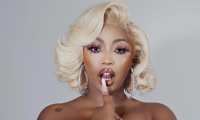
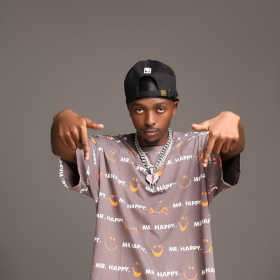

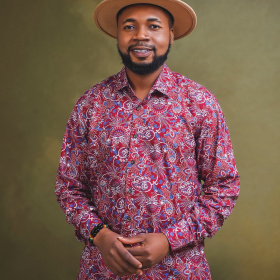

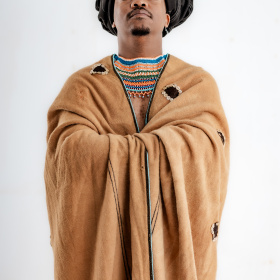
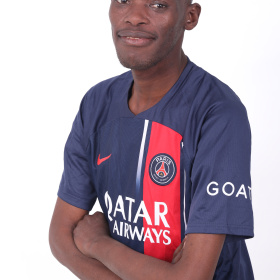

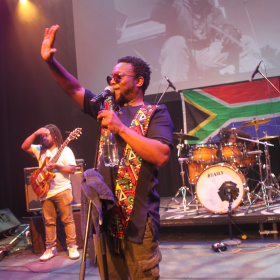

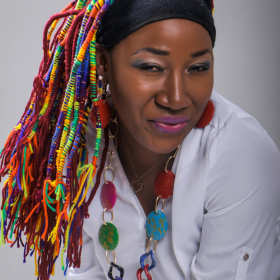
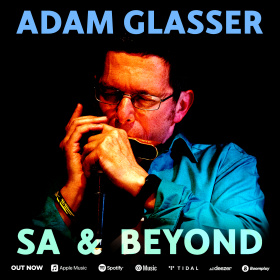


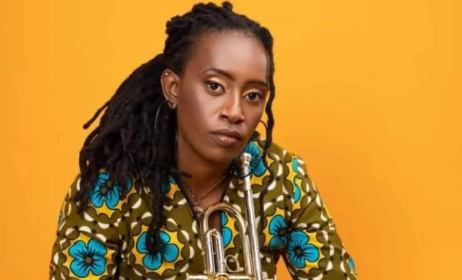
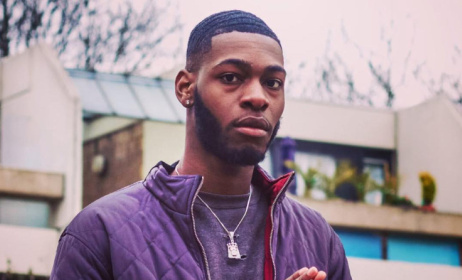
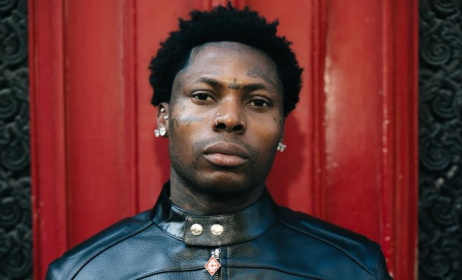
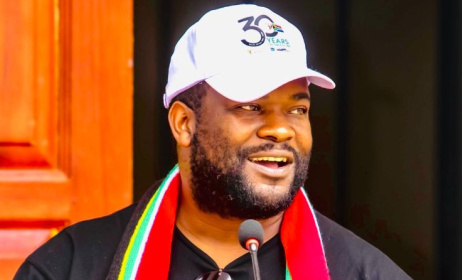
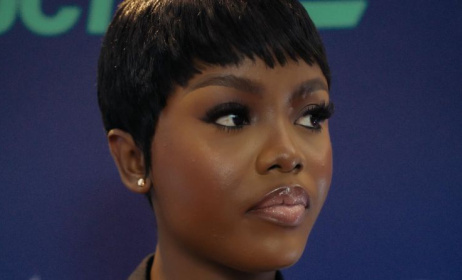

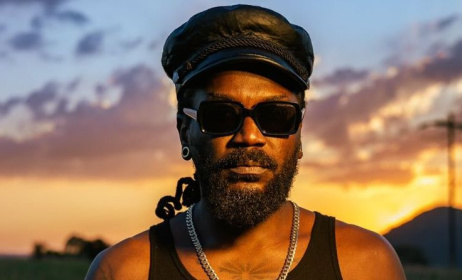
Comments
Log in or register to post comments